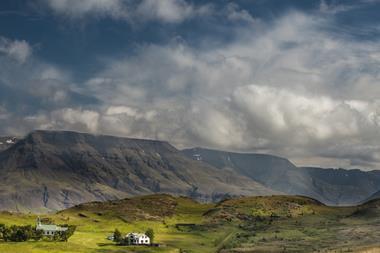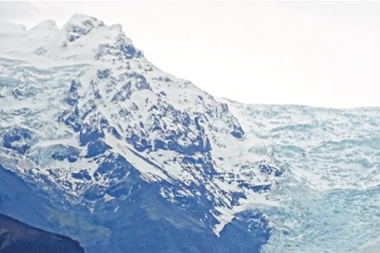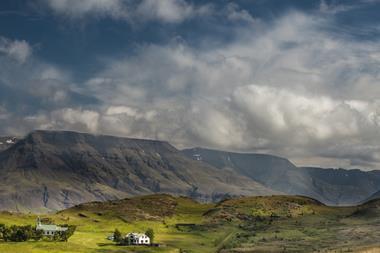Icelandic pension funds will be able to invest ISK20bn (€141m) overseas over the first four months of 2016, after the country’s central bank further relaxed strict capital controls in place since 2008.
The bank said the exemption, which applies to second and third-pillar funds, would be allocated to schemes based on their overall size and contribution levels as of the end of 2014.
The bank added that the exemption would benefit the local economy, as it allowed the ISK2.9trn pension sector to diversify holdings, reducing the risk of instability when capital controls are completely lifted.
A pension fund’s size will be given a weighting of 80%, while annual inflows will be given a weighting of 20% when deciding how much of the quota to allocate to individual funds.
The split marks a slight change from the first ISK10bn exemption granted in July last year, when it was 70% in favour of total fund size.
Gunnar Baldvinsson, managing director of €1.2bn pension fund Almenni, said the announcement pointed towards an improving Icelandic economy.
“Foreign currency inflows in 2015 and a reduced uncertainty about the balance of payments following creditors’ approval of compensation proposals from the failed banks’ estates have created the scope to authorise pension funds to invest further in foreign-denominated financial instruments,” he said.
LBI, the group managing the estate of Landesbanki following its collapse during the financial crisis, said this week it had settled all remaining accepted claims against the estate.
Baldvinsson said he understood the central bank would be lifting investment restrictions “gradually”.
“On the other hand,” he added, “we expect the [central bank’s] announcement to be the first of many to allow pension funds and other local investors to invest abroad for this year and the coming years, given that the current economic situation will not deteriorate significantly.”
The Icelandic pension sector has been limited to investing in the domestic economy since the introduction of capital controls, put in place in the wake of the 2008 banking collapse.
While domestic investment opportunities are available, such as last year’s financing of a silicon metal plant in the country’s North, pension investors have previously lamented the increased risk caused by such a geographically concentrated portfolio – with pension assets standing at 146% of Icelandic GDP, according to the OECD.
The funds have channelled inflows into the mandatory system towards private equity and real estate but were also able to gain exposure to overseas currency through domestic bond issuances denominated in other currencies.












No comments yet